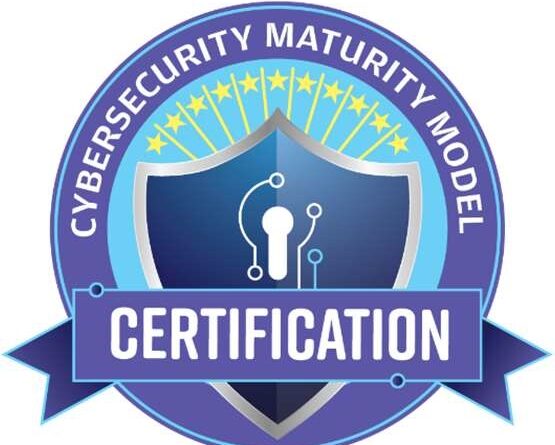The Impact of 5G Technology on IT Infrastructure
As the fifth generation of mobile network technology, 5G is poised to revolutionize the way businesses operate, particularly in the realm of IT infrastructure. For small businesses, understanding the implications of 5G is crucial for staying competitive and leveraging new opportunities. This article explores the transformative impact of 5G on IT infrastructure, highlighting key benefits and considerations. Enhanced Speed and Data Transfer One of the most significant advantages of 5G technology is its enhanced speed. With download speeds up to 100 [...]












